The complete gas welder system normally is comprised of a torch, fuel source, pressure regulators and flexible hoses. In general, the torch has two valves and two connections. One connection and valve is attached to the fuel source and the other connection and valve is attached to the oxygen source.
In addition, there is a chamber that works to mix the fuel and oxygen. These components combine to create a handle for the welder to hold while manipulating his or her welds. At the terminal end of the torch is a tip that forms the flame. The most common fuel (gas) used is called acetylene.
Normally housed in cylinders to maintain its state, when mixed with oxygen it burns between 5800 - 6300 degrees Fahrenheit. To control the pressure from the cylinders to the hose there is a regulator. The pressure from the tank to the hose can then be adjusted by the welder to complete a weld.
These hoses are constructed as a double component. The two hoses are conjoined, green signifying oxygen and red signifying fuel. Gas welding also requires the addition of a filler material as one is completing a weld. When the filler material is added, the two ends join together. Once the joint cools, one solid piece is formed.
Acetylene is the most common gas used in this process although others may be preferable based on the materials to be joined. An experienced welder will know which gas to use, as well as which filler. He must also know how long to heat different metals to ensure the weld will hold under normal conditions.
An experienced gas welder will be able to melt the two pieces of metal, add the filler and make it all look like one solid line of weld. Those with less experience may end with a dotted looking weld.








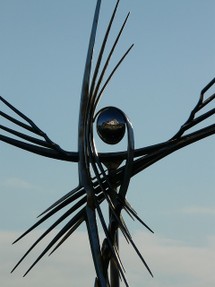
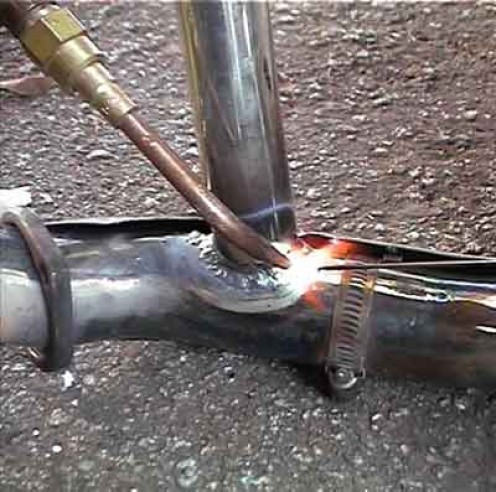

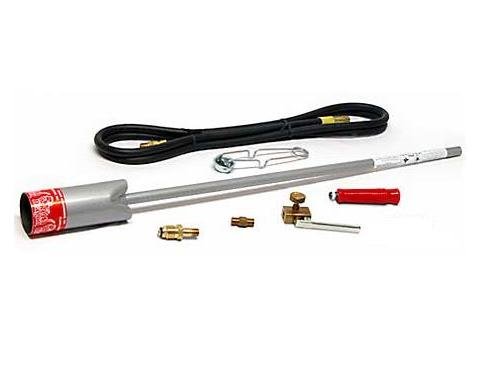






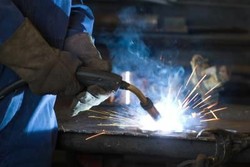

 Making Money Online is Not Impossible, It Just Takes Putting Yourself Out Thereon 09/25/2012
Making Money Online is Not Impossible, It Just Takes Putting Yourself Out Thereon 09/25/2012
 Thump. Looking For True Loveon 09/28/2012
Thump. Looking For True Loveon 09/28/2012
 Cure Tooth Decay Ramiel Nagel And Dr. Weston Price's Nutrition and Physical Regeneration Bookson 03/17/2013
Cure Tooth Decay Ramiel Nagel And Dr. Weston Price's Nutrition and Physical Regeneration Bookson 03/17/2013
 Cleaning Wool Rugs - Excellent Results At Homeon 03/10/2013
Cleaning Wool Rugs - Excellent Results At Homeon 03/10/2013

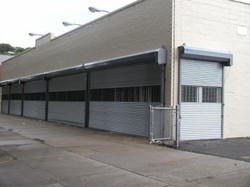
Comments